Hyundai, the renowned automotive manufacturer, has recently unveiled their latest edition of the popular Tucson crossover for the 2025 model year. With a starting price of $28,355, the refreshed Tucson promises to deliver a compelling package that caters to the needs of modern consumers.
In this comprehensive news post, we will delve into the key details of the 2025 Tucson, including its updated exterior design, enhanced interior features, and the various powertrain options available. Whether you’re in the market for a practical daily driver or a fuel-efficient hybrid, the 2025 Hyundai Tucson offers a well-rounded and competitively priced option in the crowded crossover segment.
Let’s explore the latest updates and enhancements that make the 2025 Tucson a compelling choice for your next vehicle purchase.
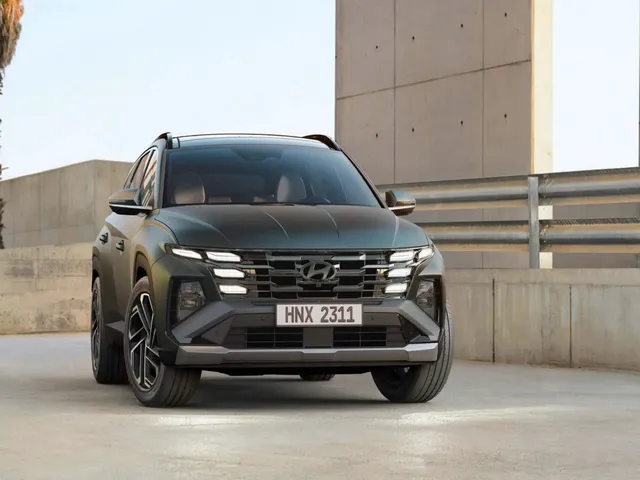
The 2025 Hyundai Tucson features a subtle yet impactful exterior refresh that keeps it visually appealing and in line with the brand’s latest design language. The front fascia has been reworked, with a revised grille and a simplified daytime running light signature, giving the Tucson a more modern and sophisticated look.
Additionally, the crossover boasts updated wheel designs and a refreshed rear end, further enhancing its overall aesthetic appeal. While the exterior updates are relatively modest, the real transformation lies within the 2025 Tucson’s interior. Hyundai has completely redesigned the dashboard, center stack, and center console, creating a more cohesive and user-friendly cabin experience.
The highlight of the interior is the new 12.3-inch digital instrument cluster and a 12.3-inch infotainment touchscreen, which are seamlessly integrated into a curved display panel. This updated setup promises faster processing speeds, enhanced colors, and sharper graphics, providing a more immersive and technology-focused experience for the driver and passengers.
The 2025 Hyundai Tucson offers a diverse range of powertrain options to cater to the varying needs and preferences of its customers. The standard Tucson is equipped with a 2.5-liter four-cylinder engine that delivers 187 horsepower and 178 lb-ft of torque, mated to an eight-speed automatic transmission.
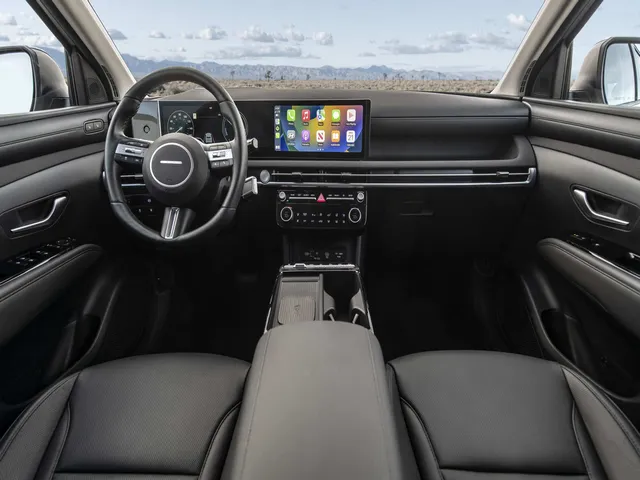
Buyers can opt for an all-wheel-drive system for an additional $1,500. For those seeking a more eco-friendly option, the Tucson Hybrid features a turbocharged 1.6-liter engine paired with an upgraded electric motor and a 1.49 kWh lithium-ion battery pack. This powertrain configuration produces a combined output of 231 horsepower and 258 lb-ft of torque, delivered through a six-speed automatic transmission.
Additionally, the Tucson Plug-In Hybrid takes the hybrid system a step further, boasting a more powerful electric motor and a larger 13.8 kWh battery pack, resulting in a total system output of 268 horsepower and 258 lb-ft of torque.
The 2025 Hyundai Tucson made its global debut at the prestigious New York Auto Show, where the automaker showcased the model’s significant enhancements and improvements. The facelifted Tucson not only sports a refreshed exterior design but also introduces a comprehensive suite of technological advancements and feature upgrades, making it an even more compelling option in the highly competitive crossover market.
One of the most notable changes is the integration of a 12.3-inch digital instrument cluster and a 12.3-inch infotainment touchscreen, which are seamlessly combined into a single curved display panel.
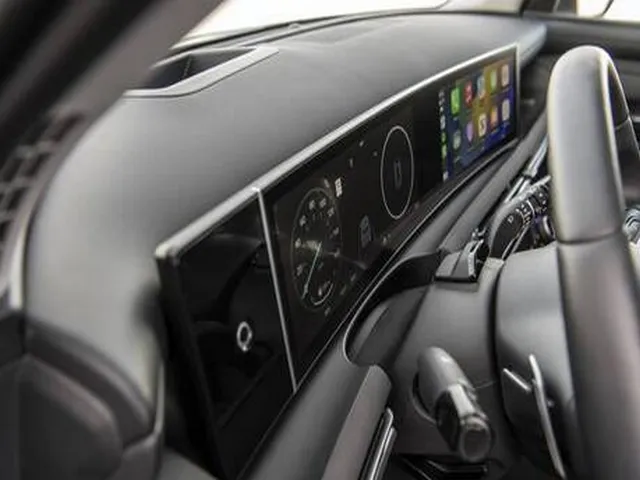
This seamless integration, coupled with the restoration of physical buttons and knobs for essential controls, such as climate and audio adjustments, enhances the overall user experience and intuitive interaction with the vehicle’s systems.
The exterior of the 2025 Hyundai Tucson has received a subtle yet impactful refresh, with the most noticeable changes occurring at the front and rear of the vehicle. The front fascia now features a revised grille design that adds a more modern and sophisticated touch to the crossover’s appearance.
Additionally, the daytime running light signature has been simplified, further enhancing the Tucson’s refined aesthetic. Moving to the rear, Hyundai has also updated the design of the taillight units and the overall rear-end styling, ensuring the 2025 Tucson maintains a cohesive and visually appealing look from every angle. These exterior enhancements, while not drastic, work together to keep the Tucson’s design current and in line with Hyundai’s latest design language, which is sure to appeal to a wide range of buyers.
The most significant changes to the 2025 Hyundai Tucson can be found within the vehicle’s interior. Hyundai has completely redesigned the dashboard, center stack, and center console, creating a more modern and user-friendly cabin experience. The highlight of the interior is the integration of a 12.3-inch digital instrument cluster and a 12.3-inch infotainment touchscreen, which are seamlessly combined into a single curved display panel.

This updated setup promises faster processing speeds, enhanced colors, and sharper graphics, providing a more immersive and technology-focused experience for the driver and passengers. Additionally, Hyundai has reverted to the use of physical buttons and knobs for essential controls, such as climate adjustments and audio volume, which is sure to be appreciated by those who prefer a more tactile approach to interacting with their vehicle’s systems.
The 2025 Hyundai Tucson comes standard with a generous array of features, ensuring that even the base-level SE trim offers an impressive level of equipment and convenience. Standard features include LED lighting units, both for the headlights and taillights, as well as 17-inch alloy wheels that lend the Tucson a stylish and premium appearance.
Additionally, the Tucson SE comes equipped with a push-button ignition, allowing for effortless starting of the vehicle. Other standard features include air conditioning, a six-speaker audio system, and a 4.2-inch cluster display, all of which contribute to a well-appointed and comfortable driving experience. These standard features, coupled with the Tucson’s revised exterior styling and enhanced interior, make the 2025 model a compelling option in the crossover segment.
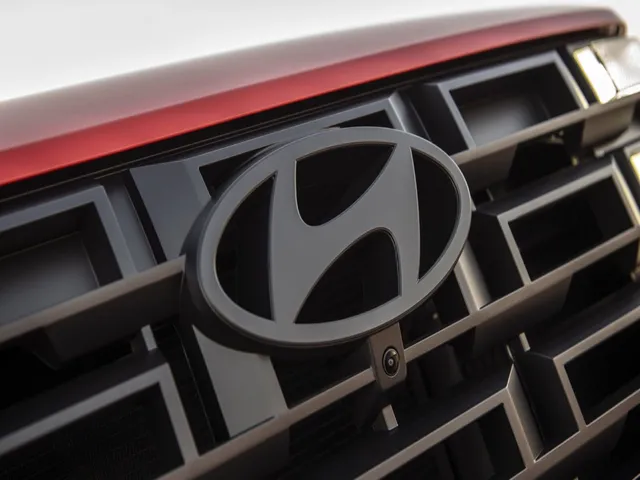
One of the standout features of the 2025 Hyundai Tucson is its robust suite of standard driver assistance technologies. Regardless of the trim level, the Tucson comes equipped with a comprehensive array of advanced safety systems, including Forward Collision-Avoidance Assist, Lane Keeping Assist, Blind Spot Monitoring, Rear Cross-Traffic Alert, and Smart Cruise Control with Stop & Go.
These cutting-edge features work together to enhance the overall safety and driving experience, providing an added layer of protection for both the driver and passengers. Hyundai’s commitment to integrating these advanced driver assistance systems as standard equipment across the Tucson lineup is a testament to the brand’s dedication to prioritizing safety and modern convenience.
The 2025 Hyundai Tucson is available in a variety of trim levels, catering to the diverse needs and preferences of its customers. The lineup starts with the well-equipped SE, followed by the mid-level SEL, the more luxurious Limited, and the range-topping Calligraphy trim.
Depending on the selected trim, buyers can choose between front-wheel-drive and all-wheel-drive configurations, with the latter option costing an additional $1,500.
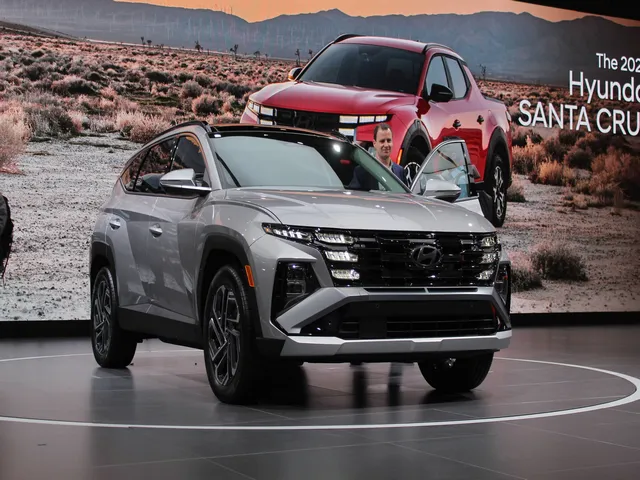
Additionally, the Tucson offers a range of powertrain choices, including the standard 2.5-liter four-cylinder engine, as well as the more fuel-efficient Hybrid and Plug-In Hybrid variants. This comprehensive lineup ensures that there is a Tucson model to suit the needs and budgets of a wide range of consumers.
For customers seeking a more environmentally-conscious vehicle, the 2025 Hyundai Tucson offers both hybrid and plug-in hybrid variants. The Tucson Hybrid features a turbocharged 1.6-liter engine paired with an electric motor and a 1.49 kWh lithium-ion battery pack, delivering a combined output of 231 horsepower and 258 lb-ft of torque.
The Tucson Plug-In Hybrid takes this eco-friendly powertrain even further, boasting a more powerful electric motor and a larger 13.8 kWh battery pack, resulting in a total system output of 268 horsepower and 258 lb-ft of torque.
These hybrid and plug-in hybrid models provide a compelling alternative for drivers who prioritize fuel efficiency and reduced environmental impact, without compromising on the Tucson’s signature style, comfort, and performance.


